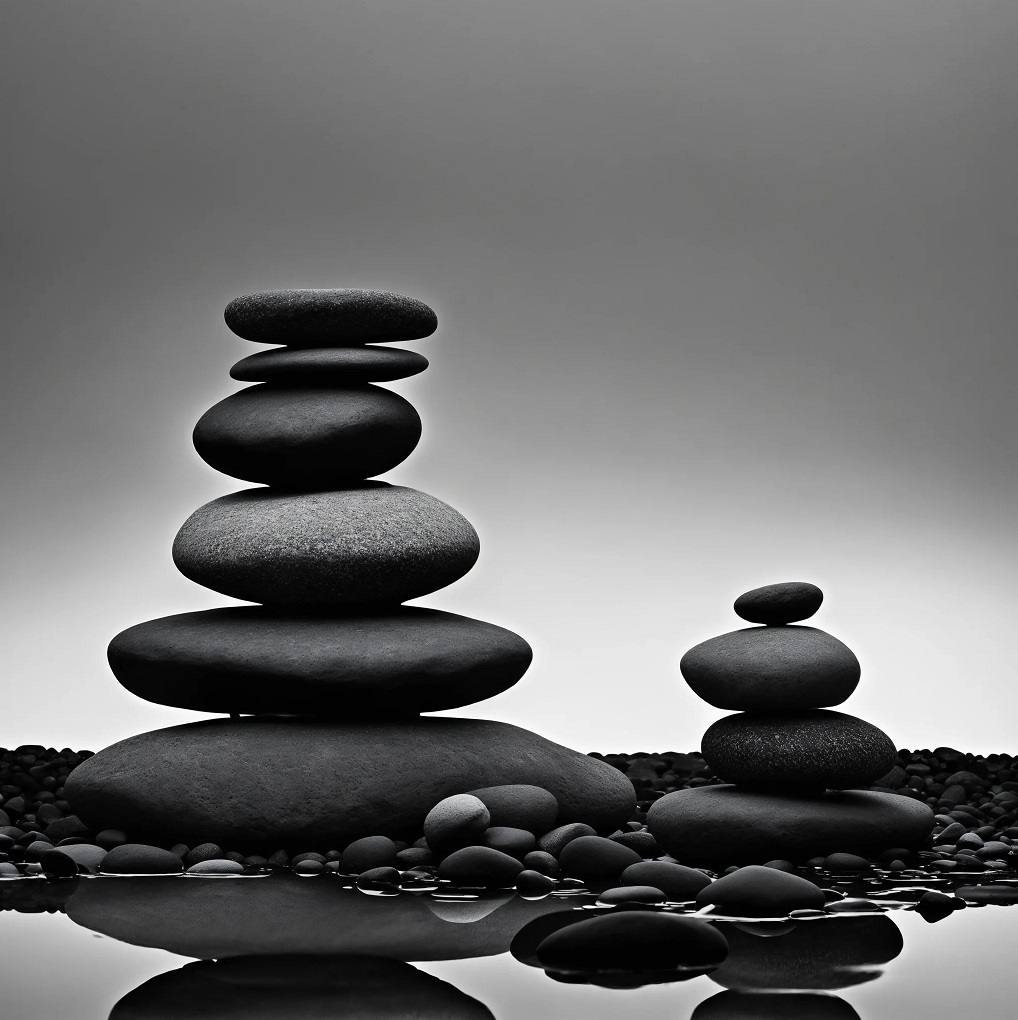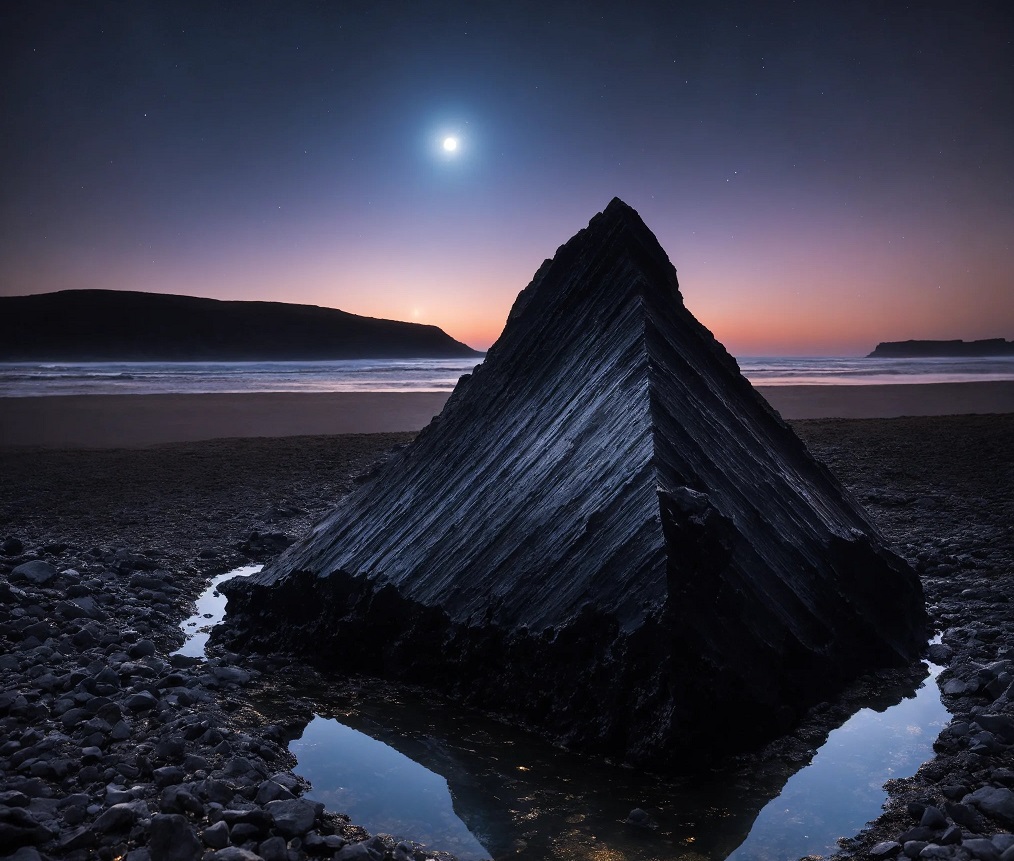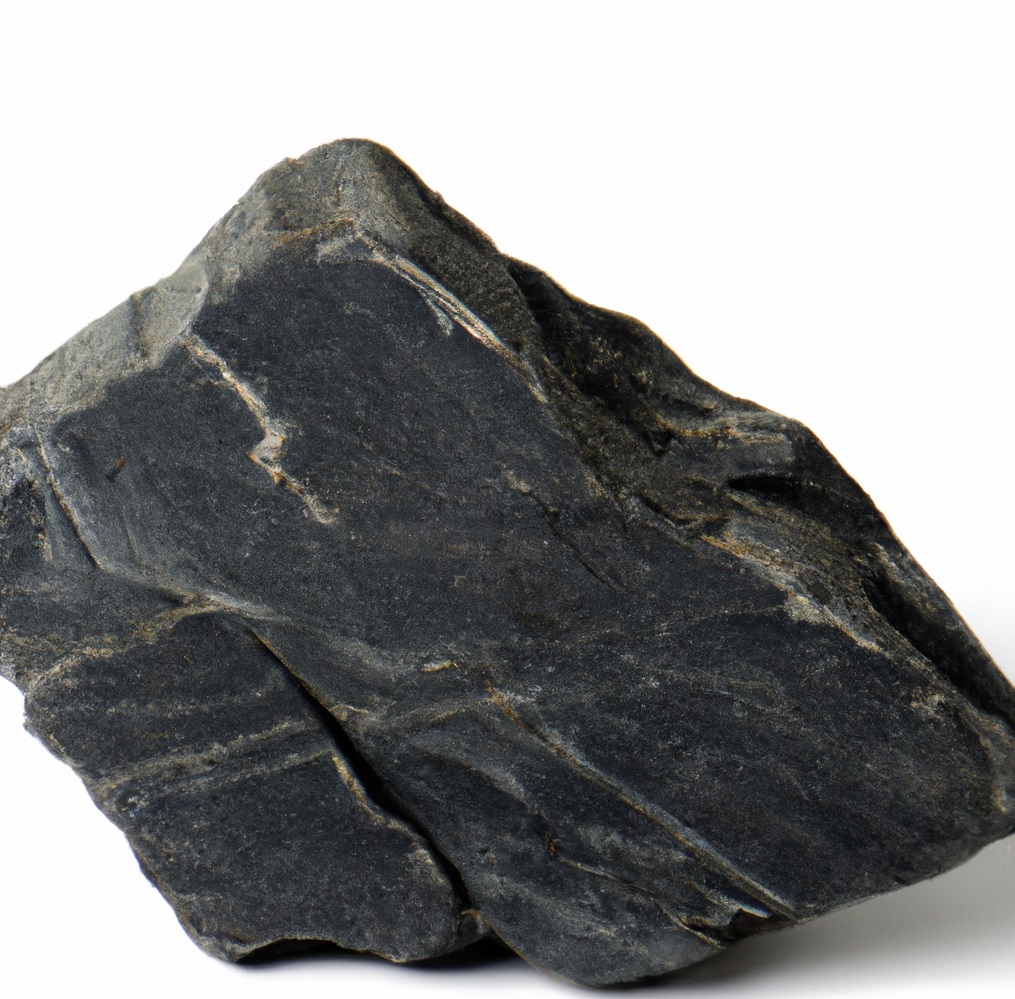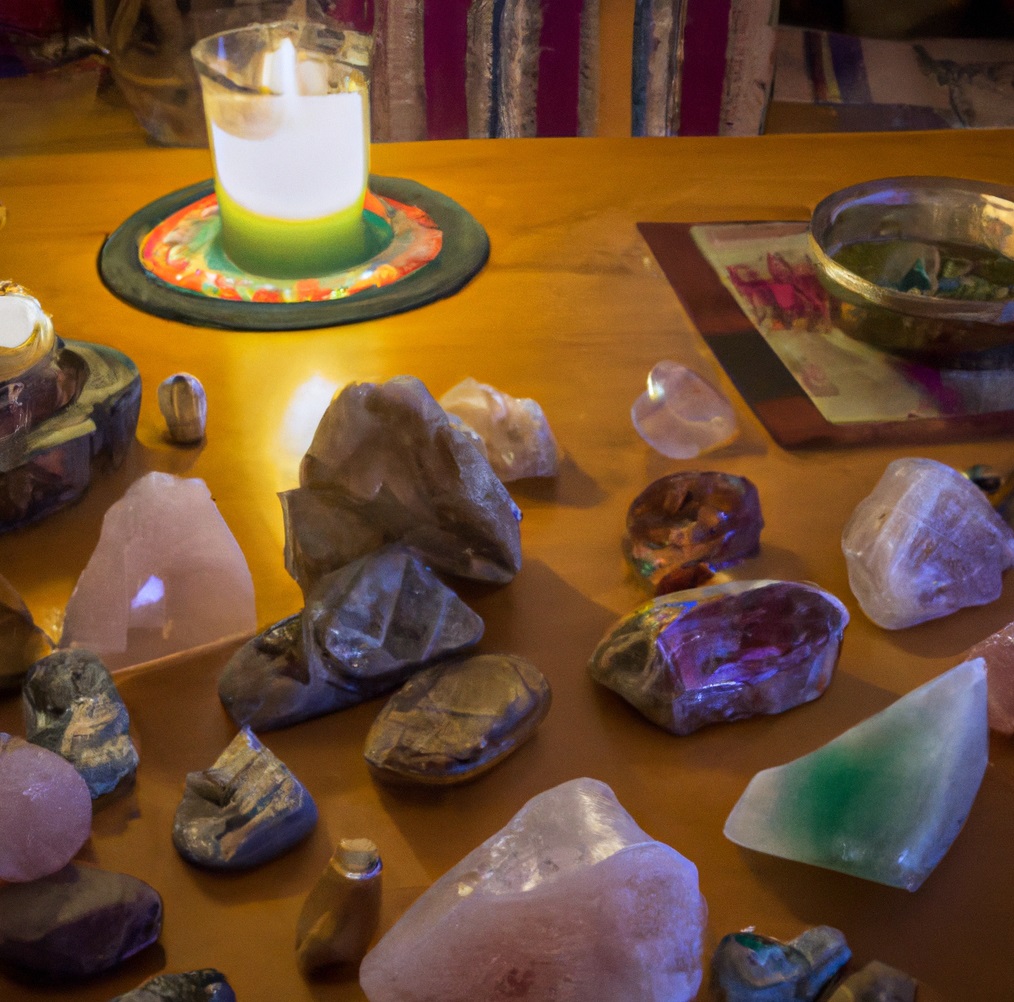Rough Shungite

Rough shungite is a healing stone for its remarkable properties and widespread use in wellness practices. Among its various forms, rough stones or unprocessed are particularly valued for their natural, unaltered state. This article will explore what distinguishes rough stones from processed rocks and how to determine this raw mineral from similar stones.
Rough Shungite: Definition
Rough shungite is made of stones in their most natural form and is extracted directly from the mines without processing or shaping. This type is characterized by its raw, unpolished surface, which often includes a mix of other minerals and impurities. Rough shungite is commonly found in the Karelia region of Russia, the only known natural source of this unique mineral.
Let me also note that this rare rock has three types, each unique and with different abilities. Please read our detailed article on shungite to get the most complete idea about this Russian stone.
Rough Shungite vs. Processed
The primary difference between rough and processed shungite is their appearance and texture. Processed stones are typically polished and shaped, creating a smoother, more uniform surface. This processed form is often used in jewelry-making and decorative items. In contrast, rough shungite retains its natural texture and appearance, making it a preferred choice for those seeking the stone in its most authentic form.

Properties
Rough shungite shares the same fundamental properties as its processed counterpart. It contains fullerenes, a rare form of carbon known for its antioxidant properties. These fullerenes are believed to contribute to Russian stone’s ability to purify water, shield against electromagnetic fields (EMFs), and promote physical and spiritual healing.
Uses of Rough Shungite
Due to its natural state, rough shungite is often used in water purification. Its unprocessed form is believed to be more effective in absorbing impurities and enriching water with beneficial minerals. It is also popular in energy practices for grounding and protection, as it is thought to maintain a stronger connection to the earth.
Distinguishing from Other Minerals
Rough shungite can be distinguished from other similar-looking minerals by several key characteristics:
- Appearance: Rough shungite typically has a matte black color, with a surface ranging from relatively smooth to rough and irregular. It may also have inclusions or veins of other minerals, such as golden Pyrite and white Quartz.
- Conductivity: One of the unique features of this stone is its electrical conductivity. You can check if the stone conducts electricity using a simple conductivity test with a lightbulb and battery. Please note that Quartz does not conduct electric current, and Pyrite has a very low electrical conductivity. Therefore, take your measurements in the area of black stone without visible inclusions of these minerals. Otherwise, your test will be wrong!
- Weight and Feel: Rough shungite is surprisingly light for its size and has a somewhat brittle texture. It is not as dense as some other black stones like obsidian.
- Black dust: When pieces of the stone type 3 are broken, they often exhibit a black dust color on their surface. In addition, it can stain your hands like charcoal because there is a lot of black dust on its surface. This dust can be easily washed off under running water.
Conclusion
Rough shungite directly connects to the natural world, providing a raw and unrefined approach to wellness practices. Whether used for purifying properties, EMF protection, or spiritual grounding, it is valuable for those seeking holistic well-being. By understanding how to identify and care for this unique stone, individuals can harness the full potential of the Russian stone type 3 in their daily lives, embracing its natural power and beauty.
 Dutch
Dutch English
English French
French German
German Italian
Italian Spanish
Spanish Swedish
Swedish







